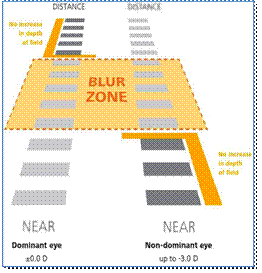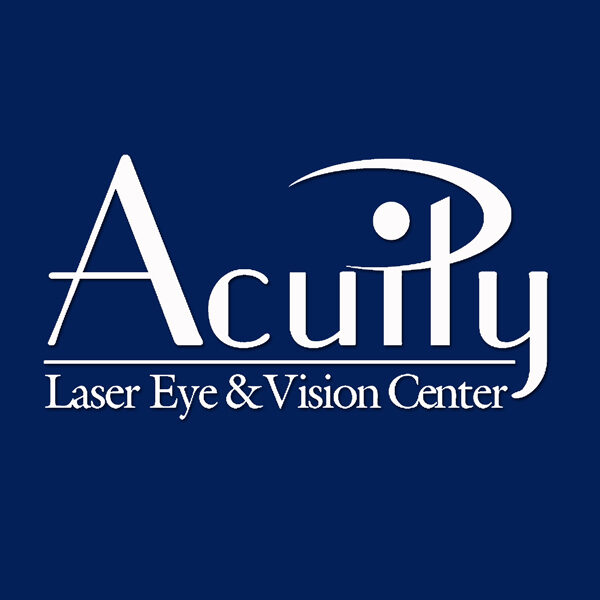Presbyopia and Solutions for the Aging Eye
About Vision Before the Onset of Presbyopia
Normal Pre-Presbyopic Vision enables sight of both near and distant objects in similar sharp focus through to the mechanism of accommodation. In youth, accommodation is achieved by the natural crystalline lens in the eye as it can adjust focus on close-up as well as distant objects. With aging, however, the natural lens gradually loses its elasticity. At around the age of 45 years the crystalline lens starts to develop difficulty accommodating to focus at near. There may also be accompanying progressive failure of the Ciliary Muscle, the muscle that facilitates accommodation by rounded up the crystalline lens. Due to both of these factors, near vision continues to deteriorate with age. This is known as Presbyopia.
Presbyopia and Options for Treatment
The most common treatment for presbyopia is reading glasses, which enable clear vision of close-up objects, but have to be removed for distance vision. Alternatively, bifocal lenses in spectacles or contacts can also be used to facilitate near vision in individuals who already wear glasses or contacts.
There is, however, an alternative solution to this problem. Just as most individuals have a dominant hand, every person also has a dominant and non-dominant eye. It is possible to use this physiological phenomenon to one’s advantage by using glasses, contact lenses or laser vision surgery to correct one eye for distance vision and the other eye for close-up vision. The brain then chooses the respective eye, depending on the distance of the object of interest. For those that are able to make this adjustment, it is possible to see close-up as well as distant objects in focus without the need for reading glasses. This visual arrangement is called Monovision.
By convention, Monovision typically is done by using the non-dominant eye for close-up vision and the dominant eye for distance vision, since most people require the dominant eye to be set for distance in order to drive and perform other tasks that require crisp distance visual acuity. Some people, however, such as elderly non-drivers, prodigious readers and people who work at home on a computer prefer to have the dominant eye set for near and the non-dominant used for distance visual tasks. In either instance, the brain has to merge the two separate images into one, which may be hard for some people. Scientific studies show that approximately 85% of the general population over age 45 can successfully adapt to monovision to produce binocular functional vision at both near and far.
To successfully  adapt to Monovision, the brain may need some time to fulfill these new demands. People that can adjust to this situation are generally very happy, since they are able to see at near and far despite their presbyopia.
adapt to Monovision, the brain may need some time to fulfill these new demands. People that can adjust to this situation are generally very happy, since they are able to see at near and far despite their presbyopia.
Those that manage to tolerate the difference between the two eyes, are often left with a gap in the intermediate range. It is known as the Blur Zone, as illustrated on the left. It may also cause other side effects, like reduced contrast sensitivity and mildly reduced binocular vision (stereopsis).
Before Monovision correction is attempted with a vision correction laser, a trial period with trial frame lenses or contact lenses is mandatory to determine whether this type of correction will work. Conventional Monovision is a compromise which, for most but not all people, works well.
Presby-LASIK or Laser Blended Monovision is a more recent development, not yet approved by the FDA, which provides a more permanent and longer term solution to presbyopia. In contrast to conventional Monovision, this technique combines the simplicity and accuracy of laser refractive surgery with the additional benefit of increased depth of field. This is similar to the visual result obtained using progressive contact lenses. This result is achieved by a modification of the asphericity of the cornea in the dominant as well as the non-dominant eye, using the same Excimer laser technology we currently used to perform standard as well as Monovision laser vision correction. By increasing the asphericity of the cornea, the depth of field of the eye is increased. By adjustments to the asphericity of the eye set for near vision, it is possible to tweak the result to optimize the visual performance of each patient and meet their personal requirements for spectacle free vision at both near and distance.
The Presby-LASIK treatment is performed in a manner similar to Monovision LASIK, but as a result of the change in corneal asphericity, the intermediate vision also improves. The result is that the patient experiences vision in focus at all distances not only at near and at distance when using both eyes in tandem. This same result can also be achieved by performing Presby-PRK or Presby-EpiLASIK, for those who are not candidates for LASIK but can have other vision correction procedures.
 The intermediate area is known as the Blend Zone, as illustrated on the left. When FDA clearance has been issued, Dr. Vale will be performing this procedure, in addition to traditional Monovision laser vision correction (LASIK, PRK or Epi-LASIK) at Acuity Laser Eye & Vision Center. To meet with an experienced laser vision correction counselor at Acuity in Scranton or Bethlehem, or our affiliated co-management locations throughout eastern and central Pennsylvania, the Southern Tier region of New York and New Jersey to discuss visual options available to you today, as well as those on the horizon, click here.
The intermediate area is known as the Blend Zone, as illustrated on the left. When FDA clearance has been issued, Dr. Vale will be performing this procedure, in addition to traditional Monovision laser vision correction (LASIK, PRK or Epi-LASIK) at Acuity Laser Eye & Vision Center. To meet with an experienced laser vision correction counselor at Acuity in Scranton or Bethlehem, or our affiliated co-management locations throughout eastern and central Pennsylvania, the Southern Tier region of New York and New Jersey to discuss visual options available to you today, as well as those on the horizon, click here.


